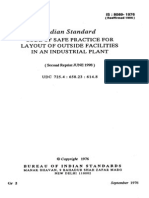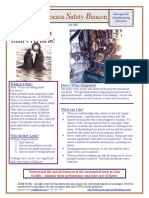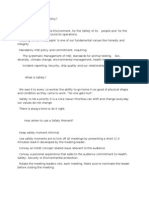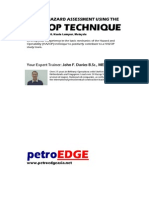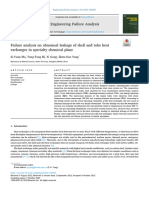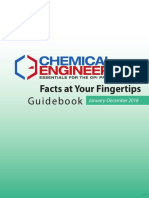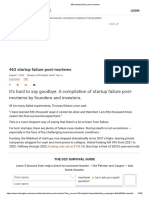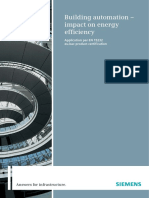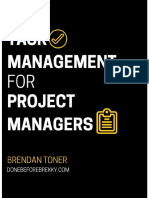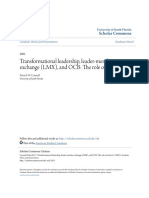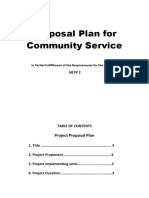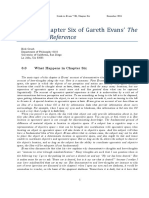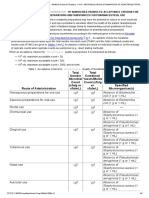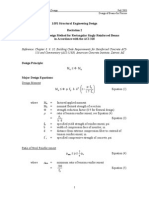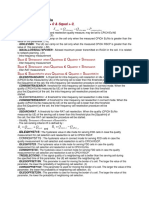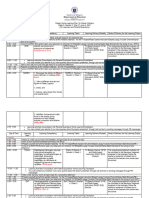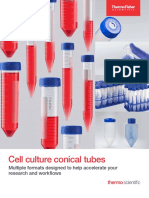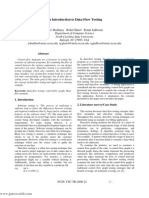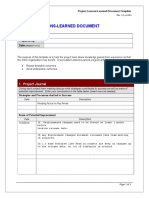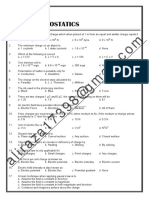0% found this document useful (0 votes)
58 views28 pagesProcess Safety in The Laboratory
The document discusses process safety in a sour laboratory. It provides an overview of a process hazard review (PHR) conducted for the sour laboratory. The PHR involved identifying major accident hazards, qualitatively assessing risks, and determining safety integrity levels (SIL) for protection layers. The benefits of the PHR included preventing major accidents, providing risk management assurance, and identifying recommendations to further reduce risks.
Uploaded by
Jonas BarbosaCopyright
© © All Rights Reserved
We take content rights seriously. If you suspect this is your content, claim it here.
Available Formats
Download as PDF, TXT or read online on Scribd
0% found this document useful (0 votes)
58 views28 pagesProcess Safety in The Laboratory
The document discusses process safety in a sour laboratory. It provides an overview of a process hazard review (PHR) conducted for the sour laboratory. The PHR involved identifying major accident hazards, qualitatively assessing risks, and determining safety integrity levels (SIL) for protection layers. The benefits of the PHR included preventing major accidents, providing risk management assurance, and identifying recommendations to further reduce risks.
Uploaded by
Jonas BarbosaCopyright
© © All Rights Reserved
We take content rights seriously. If you suspect this is your content, claim it here.
Available Formats
Download as PDF, TXT or read online on Scribd
/ 28










